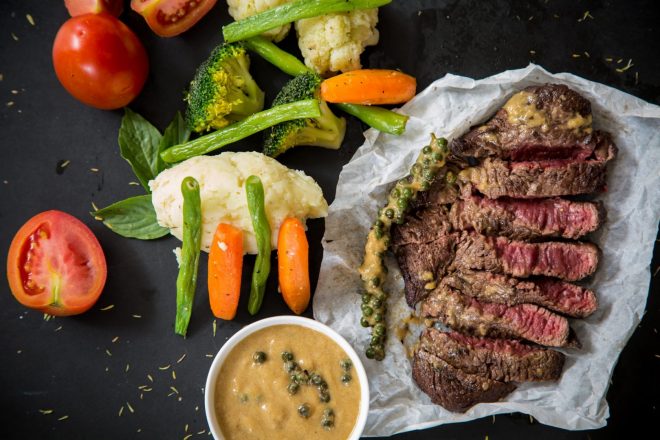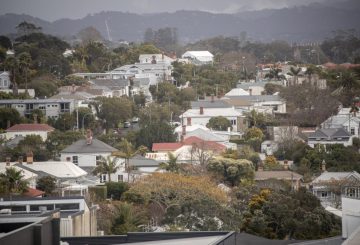뉴질랜드 육류산업협회(MIA)는 뉴질랜드의 붉은색 육류 수출이 4월에 사상 최대치를 기록했지만 중국에서의 지속적인 변동은 향후 몇 달 동안 역풍을 의미한다고 언급했다.
뉴질랜드는 4월 한 달 동안 9억9960만 달러 규모의 제품을 수출했는데, 이는 2021년 4월 대비 16% 증가한 수치로, 전체 수출액이 대부분의 주요 시장으로 증가했기 때문이다.
시르마 카라페바(Sirma Karapeeva) MIA 최고경영자(CEO)는 붉은색 육류 수출이 좋은 수익률을 이어갔지만 중국과 미국을 중심으로 수요가 다소 변동했다고 말했다.
“전체 중국 수출액은 전년 대비 6% 감소했다. 양고기와 쇠고기 수출 물량도 소폭 감소했다. 양고기 감소는 중국 영향이 컸고, 대미 쇠고기 수출도 위축됐다.”
“코로나19 이전 수준을 여전히 밑돌고 있지만, EU와 영국에 대한 전체 양고기 수출량은 지난 2년에 비해 증가했다. 선박 운송 문제는 영국의 냉장 수출에 계속 영향을 미치고 있다.”
양이 6%, 소고기가 4% 감소했음에도 불구하고 2021년 4월에 비해 전체 수출액은 8% 증가한 4억8천800만 달러, 쇠고기(4만1천350t)가 25% 증가한 4억1천400만 달러를 기록했다.
영국에 대한 전체 양고기 수출액(5230만 달러)은 몇 년 동안 4월에 있었던 것 중 가장 높았다.
CEO는 냉장 수출이 정상 수준이었다면 이 수치는 더 높아졌을 것이라고 말했다.
4월은 특히 한국 등 다른 북아시아 시장으로의 강한 쇠고기 수출 추세를 이어갔다.
뉴질랜드는 2021년 한 해 동안 한국에 1억 3천 2백만 달러어치를 수출한 데 비해 올해 첫 4개월 동안 한국에 1억 3천 1백만 달러어치를 수출했다.
또한 모든 카테고리의 가치가 상승하고 전체 가치가 14% 증가한 1억 7,800만 달러를 기록하는 등 공동제품에 있어서도 강력한 한 달이었다.






























































